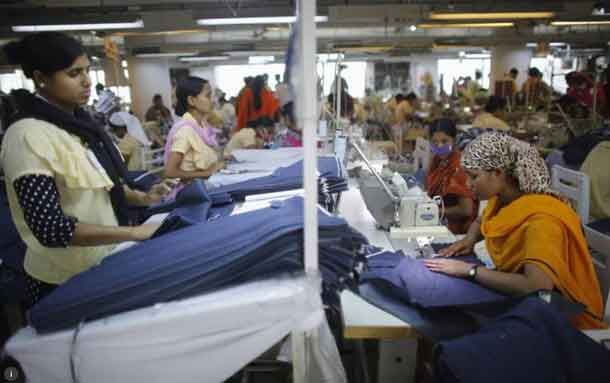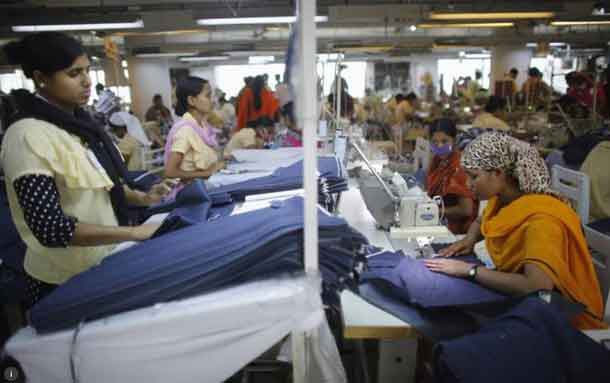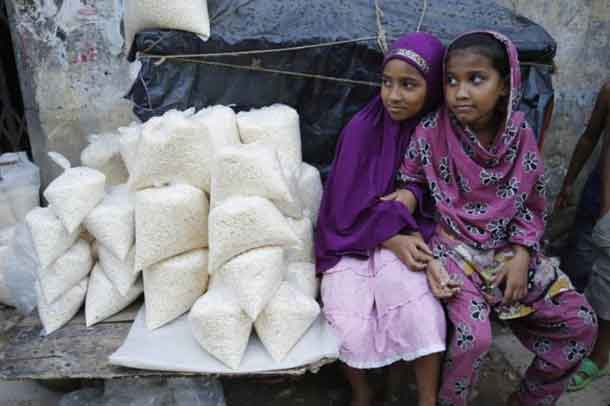

Locating sub-contracting suppliers has been the biggest challenge, with many big manufacturers not transparent about the lower ends of their supply chain
By Anuradha Nagaraj
CHENNAI, India, July 31 (Thomson Reuters Foundation) – Bangladesh, the second largest garment producing country in the world, will digitally map its entire garment industry in the first such initiative to bring transparency in the supply chain in an effort to stop abuses.
The mapping project will collect “credible, comprehensive and accurate data” on factories across Bangladesh and disclose it in a publicly available, online map, said a manufacturers association that launched the project on Saturday.
Bangladesh’s garment sector, worth about $28 billion per year and employing 4 million people, came under scrutiny after the collapse of the eight-storey Rana Plaza factory complex in 2013 that killed more than 1,100 workers.
The death of 10 workers in a boiler explosion at a garment factory earlier this month renewed calls for more transparency and implementation of labour laws.
“We believe (the project) will empower stakeholders across the industry, including workers, factory authority, brands, government and civil society organisations to create positive changes…,” Siddiqur Rahman, president of the Bangladesh Garment Manufacturers and Exporters Association, said in a statement.
“This transparency initiative would significantly complement our ongoing efforts towards enhanced, more risk-averse supply chains,” Rahman said.
Campaigners have criticised many retailers for failing to improve working conditions in their supply chains. Long hours, low pay, poor safety standards and not being allowed to form trade unions are common complaints from garment workers.
Locating sub-contracting suppliers has been the biggest challenge, with many big manufacturers not transparent about the lower ends of their supply chain, campaigners add.
The digital mapping project is part of efforts to change that, project head Parveen S. Huda said.
“The mapping project will fuel Bangladesh’s garment industry advancements, inspire shared responsibility, responsible sourcing, collective action and build upon pre-existing improvement efforts through informed decision-making,” Huda said in a statement.
The map will provide a detailed industry-wide database of factories, including names, locations, numbers of workers, product type, export country, certifications and brand customers.
Verification of information will be crowdsourced from the public to ensure that information remains up-to-date and accurate.
The first public map is scheduled to live in 2018 in the Dhaka region. The final version of the map showcasing all 20 Bangladeshi garment producing districts is expected to be completed by 2021.
(Reporting by Anuradha Nagaraj, Editing by Ros Russell; Credit the Thomson Reuters Foundation, the charitable arm of Thomson Reuters, that covers humanitarian news, women’s rights, trafficking and climate change. Visit www.trust.org)



